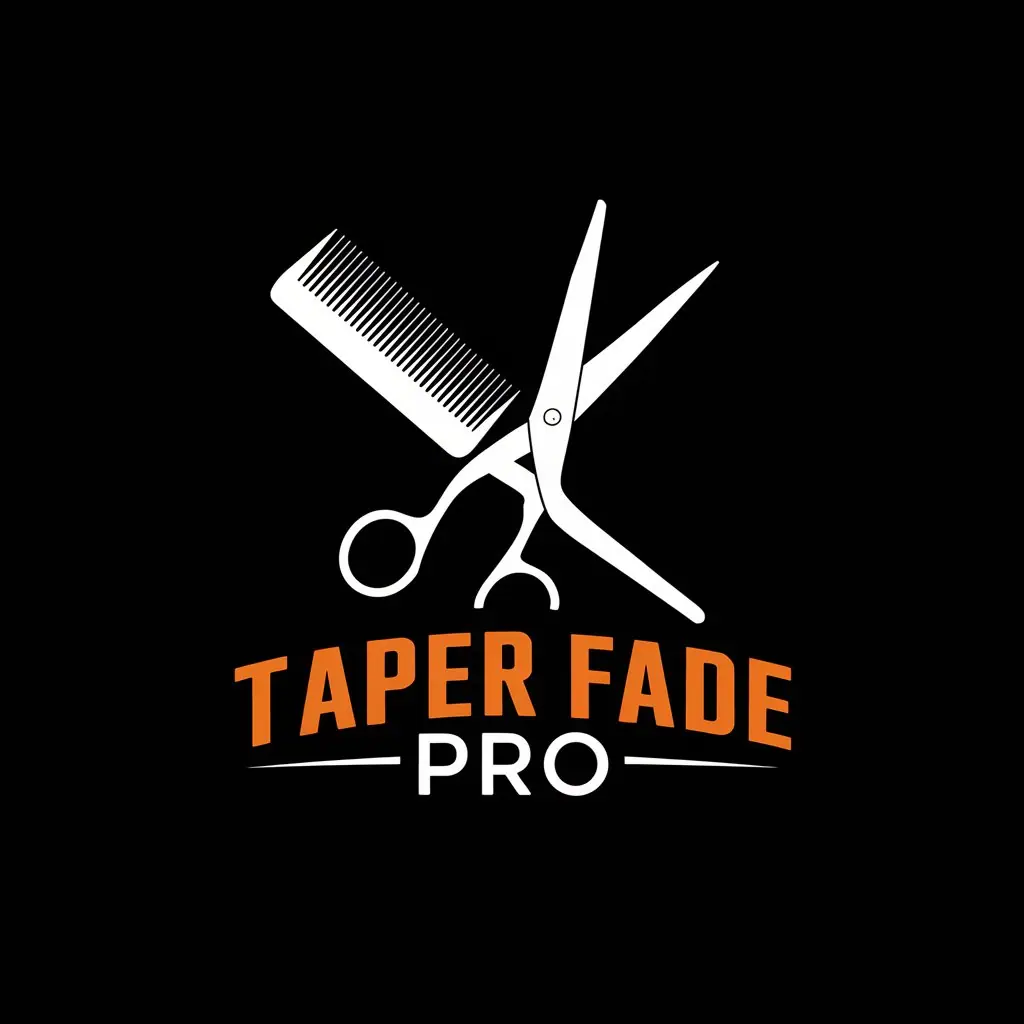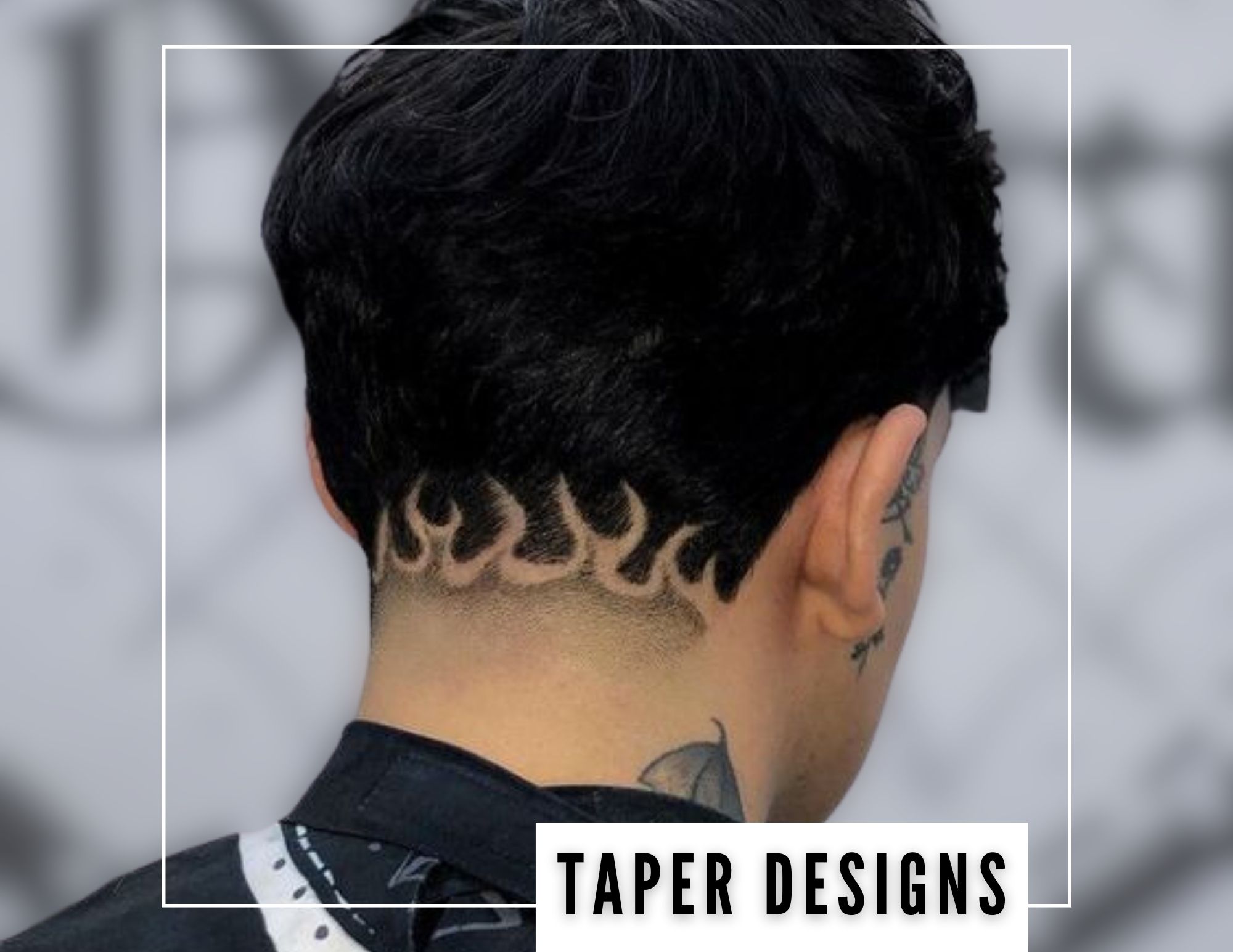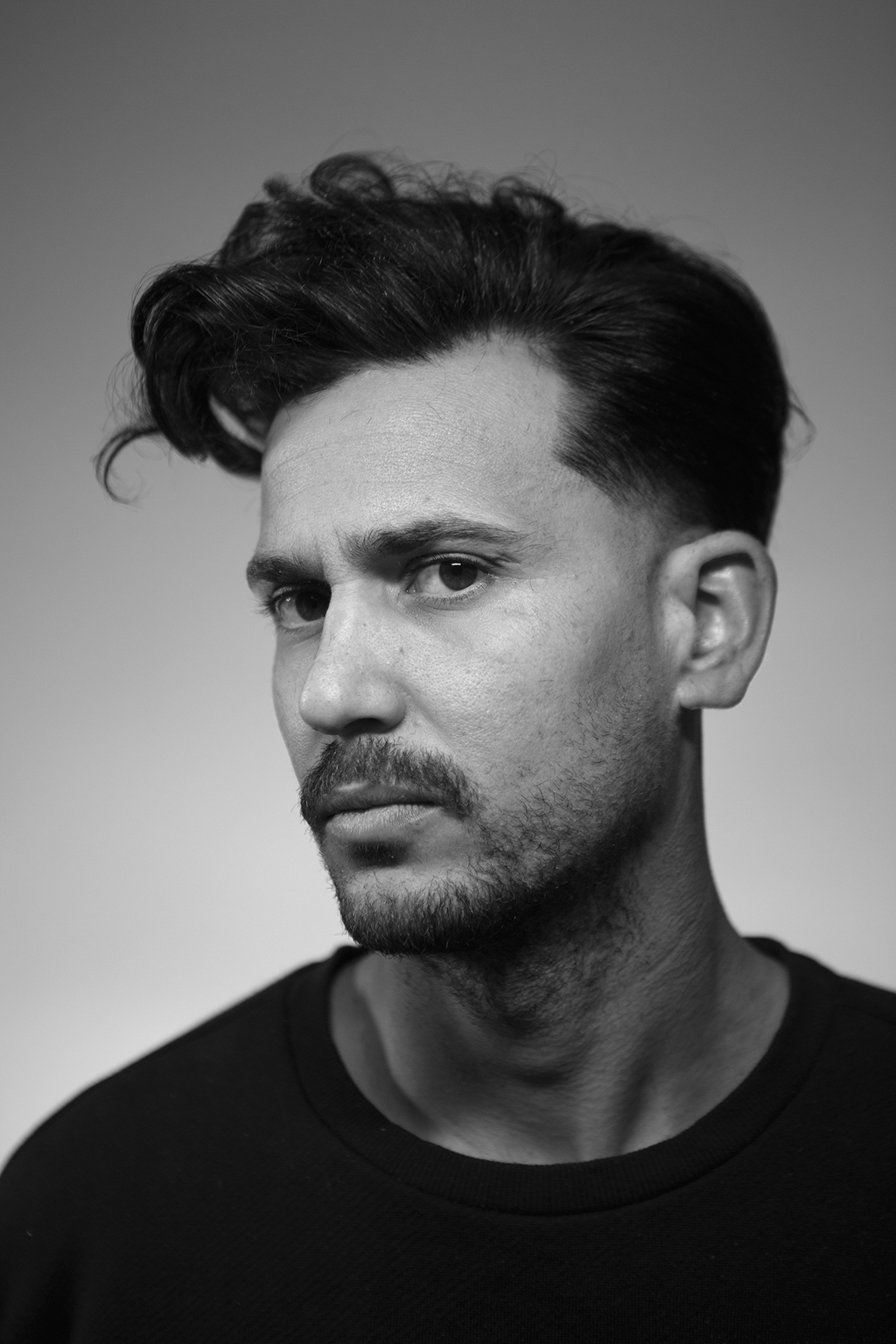The Taper Fade- Unraveling Its Origins
The taper fade haircut, with its smooth transition from shorter sides to a fuller top, has become a true icon of personal style. You see it everywhere, on people from all walks of life, and it just seems to carry a certain coolness. It's a look that, in some respects, truly captures a sense of neatness and a bit of edge, making it a go-to for so many individuals looking to express themselves through their hair.
This particular haircut, sometimes called a Brooklyn fade or even a blowout, really started to get noticed in the late 1990s and early 2000s. It was a style that found its initial strong footing in barbershops serving African American, Italian American, and Hispanic American communities, sort of growing out of what people already knew as the bald fade. It’s pretty interesting, actually, how a haircut can become such a big deal and take on so many different names over time.
When you start to think about where this haircut actually came from, the story gets a little more complex than you might first imagine. It's not like there's one single person we can point to and say, "Yep, that's the one who invented the taper fade." Instead, its beginnings are a mix of military practicality, community influence, and, you know, the way barbering tools got better over the years. It’s a bit of a winding path to figure out who truly deserves the credit for this very popular look.
Table of Contents
- The Enduring Appeal of the Fade
- Who Invented the Taper Fade- Tracing Its Early Footsteps?
- From Military Barbershops to Urban Streets- A Look at the Fade's Evolution
- How Did Clippers Change the Game for the Taper Fade?
- Variations on a Classic- What Kinds of Taper Fades Are There?
- Influential Figures and the Taper Fade's Cultural Mark
- Is the Taper Fade Right for Everyone- Considering Hair Types?
- Styling Your Taper Fade- Making It Your Own
The Enduring Appeal of the Fade
There's something about the fade haircut that just shouts "cool." It's a style that has really stood the test of time, and you can see why it stays so well-liked. This cut, which includes the taper fade, has clean lines and a neat appearance that works for nearly anyone. It's truly a flexible option that has become a regular part of men's grooming because it looks good in so many different situations, and, you know, it just feels right for a lot of people.
Who Invented the Taper Fade- Tracing Its Early Footsteps?
Figuring out who truly invented the taper fade is a bit like trying to find a single thread in a very large fabric; it's quite a complicated question. Some folks might point to the military in the United States, suggesting that the style began there in the 1940s and 1950s. The "high and tight" cut, which involved very short hair on the back and sides with a bit more length on top, was a common look for American troops. This style, basically, had some of the foundational elements of what we now recognize as a fade.
Yet, if you ask others about who invented the taper fade, you might hear different stories. Many believe that the first faded haircuts that really look like today's versions came from African American barbershops. There's even talk of specific individuals, like rapper Lil Boosie, with some people saying they've heard the phrase "Boosie fades" for a long, long time. It seems, then, that while the military might have laid some groundwork, the modern fade as we know it, and the taper fade especially, really took shape in these community settings, giving it a somewhat different feel.
From Military Barbershops to Urban Streets- A Look at the Fade's Evolution
The journey of the fade haircut, including the taper fade, from military barracks to everyday life is a fascinating one. What started as a practical, easy-to-maintain look for soldiers slowly began to change. Over time, the classic skin fade, which is pretty much bald at the bottom, gradually became something more refined, like the taper fade and the comb over fade. It’s almost as if barbers and their clients were constantly trying out new things, pushing the boundaries of what a haircut could be. This change wasn't just about hair; it was also about what people thought was stylish and cool at the time.
When we look at the late 1990s and early 2000s, the taper fade, also known by names like the temple fade or low taper fade, really became a standout. It wasn't just a haircut; it became a sign of sophistication and a particular kind of style. This was a time when various cultural groups, including African American, Italian American, and Hispanic American communities, really embraced and shaped this look in their local barbershops. You know, figures like DJ Pauly D became very well-known for sporting this kind of haircut, which really helped it gain even more attention and popularity among a wider audience.
How Did Clippers Change the Game for the Taper Fade?
It's pretty hard to talk about who invented the taper fade or how it changed without talking about the tools barbers use. Before the 1930s, electric clippers weren't even around. Imagine a barber in the 1800s trying to create a fade; they would have to rely on just razors and scissors, and that would take a very, very long time. It shows how much skill they must have had, though, to even attempt such a precise look back then. The lack of proper tools surely limited how complex and smooth these early fades could be, too.
When electric clippers finally arrived, they truly changed the way barbers worked, and that, is that, had a huge impact on the taper fade. These new clippers offered much better control, speed, and exactness. This meant barbers could create fades that were much more consistent and even try out more intricate designs. The fact that these clippers had adjustable blades and lots of different guard attachments gave barbers the exact control they needed for those smooth, subtle changes in hair length that are so characteristic of the taper fade. It’s clear that without these tools, the modern taper fade probably wouldn't look the way it does today, or, you know, exist at all.
Variations on a Classic- What Kinds of Taper Fades Are There?
The taper fade, like many enduring styles, isn't just one haircut; it's a family of looks. Over the years, it has gone through many changes, from its original forms to the more current styles we see now. These newer takes on the traditional cut have made the taper fade a very flexible and well-liked choice for men. There are, for example, several types of fade haircuts in general, including high, low, mid, taper, and bald fades, and each one offers a slightly different feel. It’s pretty cool how one basic idea can branch out into so many distinct looks.
When you consider the taper fade specifically, you'll find a few main types, each with its own special charm. You have the low taper fade, which starts just above the ears and gently blends down towards the neck. This one gives a subtle, clean finish, and it’s often a great choice for schoolboys who want a neat but stylish haircut, or for anyone who prefers a look that works well in both formal and casual settings. Then there's the mid taper fade and the high taper fade, which, you know, start the fade at different points on the head, creating more or less contrast. There are also more specialized versions like the afro taper and the burst taper haircut, showing just how adaptable this style truly is.
Influential Figures and the Taper Fade's Cultural Mark
It's hard to talk about the history of a haircut like the taper fade without mentioning the people who wore it and helped make it famous. Think about figures such as James Dean and Elvis Presley; they were known for sporting variations of the fade, and their choices certainly added to its importance and appeal in culture. These individuals, basically, helped show the world how cool and stylish this haircut could be, making it something that people really wanted to copy. Their influence, you know, helped cement the fade's place in popular culture for a long time to come.
The low taper fade, in particular, has become more than just a haircut. It's a current grooming trend that has really changed how people approach personal style and how versatile men's hairstyles can be. It’s a look that feels both classic and current, offering a clean appearance that can be dressed up or down. The impact of cultural movements in the 20th century really helped shape how the low taper fade became such a prominent and enduring style, proving that a haircut can sometimes be a symbol of something bigger than just hair, actually.
Is the Taper Fade Right for Everyone- Considering Hair Types?
If there was ever a haircut that just screamed "cool," it would have to be the fade. But is the fade haircut, including the taper fade, suitable for all hair types? The good news is, pretty much yes! One of the great things about this style is how well it works with different hair textures and lengths on top. Whether your hair is straight, wavy, curly, or coily, a skilled barber can adapt the fade to complement your natural hair. This makes it a truly inclusive style, meaning, you know, almost anyone can give it a try and look good.
Styling Your Taper Fade- Making It Your Own
Once you have a taper fade, there are lots of ways to make it your own and style it for different occasions. For a modern, stylish appearance, you could go for a textured crop with a mid fade. To get that natural, slightly messy look, you'd use a matte styling paste. It’s a really popular choice, and it tends to be quite easy to manage day-to-day. This style, basically, lets you show off some texture on top while keeping the sides neat and tidy.
If you're aiming for a sharp, professional look, a slick back with a high fade is a great option. You'd apply a pomade or wax and comb your hair back for a smooth, polished finish. This style, you know, gives a very clean and put-together appearance that works well for formal settings or just when you want to look extra sharp. For those with curly hair, pairing your natural curls with a low fade can create a clean yet relaxed look. Just use a curl cream to help define your curls, and the low fade will keep the sides looking fresh without being too harsh. The Mexican taper fade, for instance, is another variation that features an undercut with a fading style on top, but it has a more noticeable difference between the top and bottom sections, which is pretty unique.
So, while no single person can claim to have invented the taper fade, its rich history shows it grew from military cuts, was shaped in diverse community barbershops, and truly blossomed with the arrival of electric clippers. This versatile and stylish haircut has been worn by influential figures, adapted into many forms, and remains a beloved choice for its clean lines and timeless appeal.
- Lucy Rodriguez
- Ingrid Kelly
- Jeremy Clarkson Alexandra James
- Ageless Collagen
- Kate Middleton Formal Gowns

Taper Fade Haircut: Low Taper, Mid or High Taper Fade 2025

taper fade designs Archives - The Urban Crews

Classic PompadouTaper Fade – ThinkIT